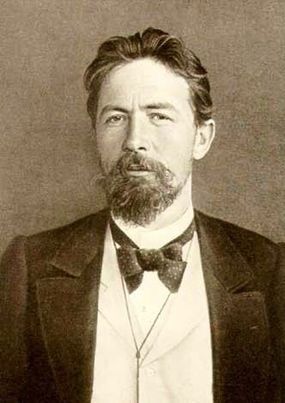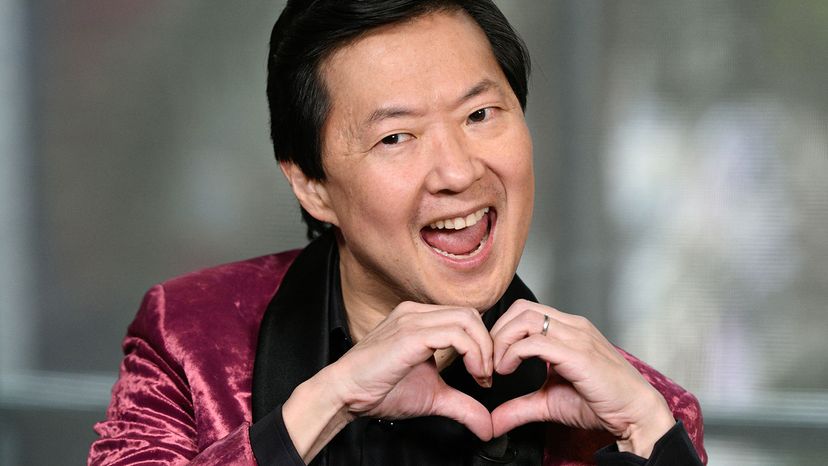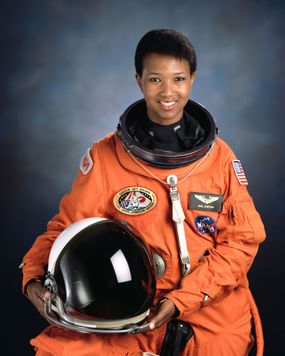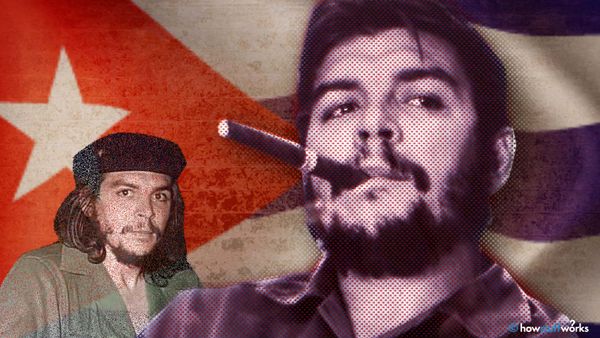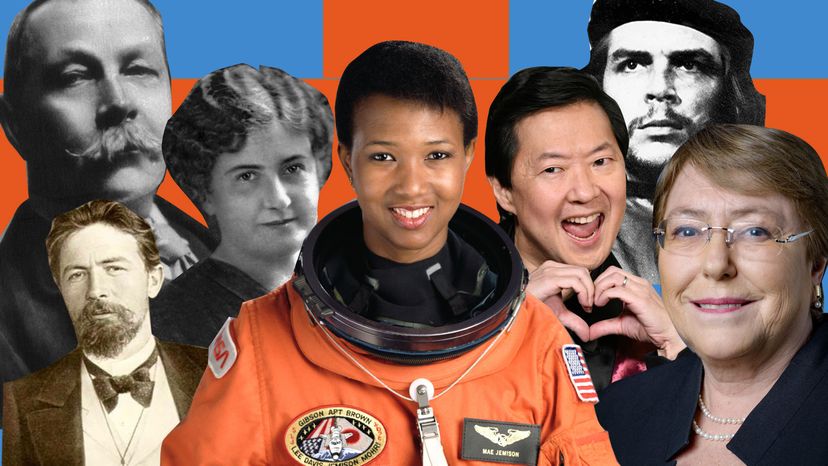
Super Bowl LIV, with six minutes to go, the San Francisco 49ers are 10 points up and things aren't looking good for Kansas City. But six minutes is a lifetime in football, more than enough time for Patrick Mahomes to throw two touchdowns and give the Chiefs the game. It's their first win in nearly 50 years. But it's historic for other reasons as well.
One of the offensive linemen protecting Patrick Mahomes from getting sacked is Laurent Duvernay-Tardif, a giant of a man hailing from Montreal, Quebec in Canada. He's also a medical doctor, recently graduated from McGill University. That makes him the first M.D. to play in the NFL, and the first to win a Super Bowl.
Advertisement
Doctors who are famous in fields other than medicine are pretty rare. The quantity of time, energy and dedication required to become an M.D. is so enormous, it's nearly impossible to understand how a doctor could ever be anything other than a physician. That said, more than a few have managed to find fame outside their area of expertise. Here are seven doctors who rose to non-medical fame.
